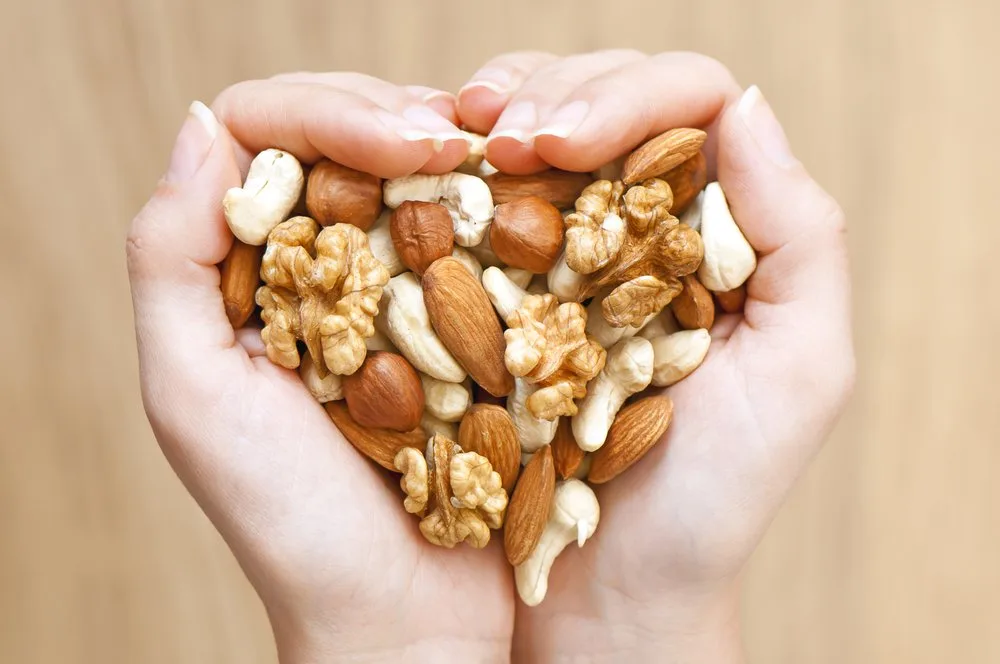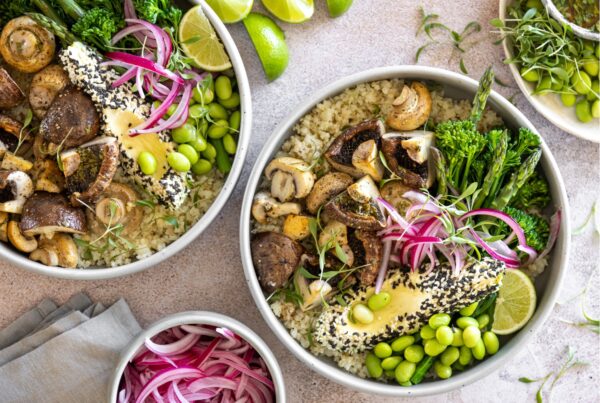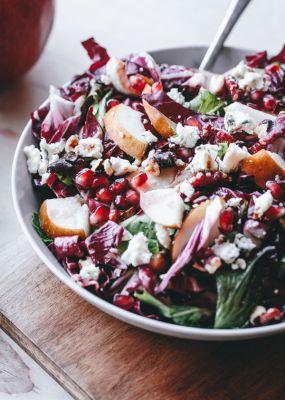If we were to pinpoint one area on earth responsible for supplying us with most of today’s superfoods, it would probably be Central and Southern America. Not only have the inhabitants of these been consuming items such as quinoa, chia seeds, açai berries, and cacao for centuries before the concept of ‘superfoods’ even reached modern society, but the list of nutrient-dense food sources from these locations just never seems to end. Enter Maya nuts, which natively grow in certain areas of Costa Rica, Mexico, Latin America and the Caribbean.
While the Caribbean is usually regarded as paradise, being filled with white sandy beaches and super-clear ocean water as it is – ocean therapy is one of the greatest stress relievers – some of these types of environments could be quite harsh to humans. That’s where the nutritional power of foods like the Maya nut came in. This food really is medicine!
Maya nuts contain high levels of the following nutrients:
- antioxidants
- folate
- calcium
- Magnesium
- potassium
- fiber
- vitamins A, B, C, and E
- zinc
- protein

According to an article by Blue Zones, Maya nuts have featured in prehispanic cultures since the classical Mayan period. The ancient Mayans reportedly used not just the nuts of the B. alacastrum tree, but also its bark and leaves. It was especially valuable in times of war, drought or famine, since the Maya nut tree once grew in abundance and provided food when the crops would fail. Due to the massive deforestation effects in South America, the vast forests of the Brosimum alicastrum trees have shrinked over the past couple of centuries. For this reason, many world organisations are putting a lot of effort into bringing back these trees and their amazing fruits.
What does it look like?
This nut is characterized by an outer skin, a pulpy middle layer, and one seed, protected by a wood-like shell. Due to its being high in anti-inflammatory compounds, Maya nuts have been shown to be effective in relieving the symptoms of health problems such as colitis and asthma. In addition, the Maya Nut Institute explains that, due to its unique ratio of calcium to magnesium, ingesting these nuts increases the body’s ability to absorb calcium. This makes them a particularly good source of nutrients for those who are at risk of developing arthritis and osteoporosis.
Because of their high fiber content, Maya nuts can also help to improve digestion and keep you feeling fuller for longer. Unlike other nuts like peanuts or walnuts, they don’t result in allergic reactions, making them and their powder safe for all to consume.
According to Blue Zones, this nut has several aliases – including ojite, capomo, ramon and breadnut. In Costa Rica, it is referred to as ojoche. While ancient South American indigenous peoples are most likely boiled Maya nuts, it can also be ground and made into a flour, or made into a nutty, antioxidant-high drink that resembles coffee. When baked or used in a porridge, the taste is reportedly quite similar to mashed potatoes. Today, Maya nuts are ground into a fine powder and sold online.
Want to know about another superfood bomb?
The grapefruit may not inspire love the very first time you try it, but once you have acquired its taste you will want to make it a staple all season! Noted, grapefruits can be on the bitter side for those who are used to the sweeter members of the citrus family – such as nectarines or oranges – but it is often more nutritious than its aromatic cousins. Find out why we love grapefruit.



![women [longevity live]](https://longevitylive.com/wp-content/uploads/2020/01/photo-of-women-walking-down-the-street-1116984-100x100.jpg)










